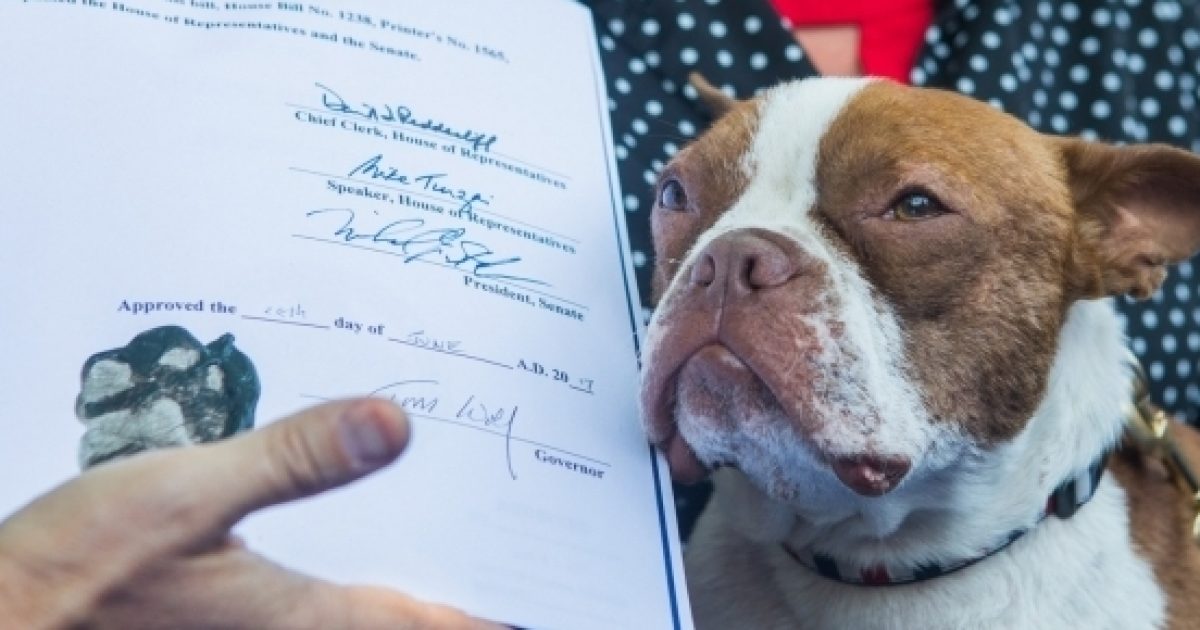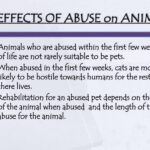The panorama of animal welfare has slowly shifted over recent years, with more states recognizing the plight of animals and taking action to curb the horrors of abuse and neglect. Among the notable initiatives is the recent legislation signed by a governor in Pennsylvania aimed at fortifying protections for animals. This legislative act dovetails into a broader movement towards state-level reforms, illuminating the urgent need and potent impact of such laws across the nation.
The landscape of animal cruelty laws varies dramatically from state to state, similar to a patchwork quilt, each piece unique yet interwoven into a larger narrative of societal values and ethical treatment of animals. At the heart of this quilt lies Pennsylvania’s recent advancement, a response to an escalating outcry for change. The legislation, dubbed “Libre’s Law,” embodies the essence of collective advocacy, propelled by individual stories of suffering—such as that of Libre, a severely neglected pit bull whose heartbreaking journey captured the attention of an entire community.
Messaging around animal cruelty often becomes an emotional battleground. It brings to mind the stark juxtaposition of innocence versus malice—the tender, trusting nature of animals clashing against the cold disregard of cruelty. In Pennsylvania, Governor Tom Wolf’s signing of this legislation is akin to a vibrant brushstroke on a somber canvas, an act signaling a shift toward a more compassionate society. This law not only enacts stiffer penalties for those guilty of animal abuse but also enhances protections for a wider array of domestic creatures.
States across the U.S. have begun to mirror this initiative. Legislative sessions have become fertile ground for discussions on animal rights, with lawmakers realizing that humane treatment resonates deeply with their constituents. In various locales, the sentiments arrive with intensity, illustrating that voters are looking for reassurance that their government will act as a bulwark against cruelty.
California, for instance, has made strides with its own iteration of animal welfare reform, instituting regulations that govern breeding practices and eliminate egregious acts such as puppy mills. New York has not remained aloof, with the enactment of the Pet Lemon Law, which provides recourse for pet owners deceived by unscrupulous sellers. These reforms unveil a landscape teeming with optimism, yet they remain just a snapshot of the possibilities that lie ahead.
Yet, why does state-level reform in animal welfare matter given the vast spectrum of societal issues? The answer lies in the inherent link between our treatment of animals and our character as a society. The empowerment of animals through legislation reflects our moral compass, guiding us toward a future that values empathy over apathy. Legislative documents are often imprinted with lofty ideals; however, their actual implementation can fall short. This is why ongoing vigilance, advocacy, and education are pivotal to ensuring these laws become effective guardians for the voiceless.
Furthermore, cultivating a dialogue around these laws spurs public discourse, encouraging communities to engage with notions of compassion and responsibility. To neglect this discourse would be to allow harmful practices to fester in the shadows, akin to weeds invading a garden. A robust legislative framework often catalyzes crucial conversations about the ethical treatment of animals, promoting comprehensive educational initiatives within local communities. This educational outreach fortifies the understanding that compassion does not end with legislation; it is an ongoing commitment that demands active participation from every layer of society.
In recent years, the rise of animal rights activism exemplifies the notion that societal transformation can often start small—one voice, one rally, one piece of legislation at a time. These movements have power; they transcend geographical boundaries, amalgamating into a national chorus advocating for change. While the signing of new laws may be celebrated as a victory, it is crucial to recognize that the real battle lies in the implementation and the hearts of individuals within communities.
As we tread forward in this journey, the signature of a governor stands as a reminder of progress, yet it is accompanied by an urgent call to action. Local advocacy groups, citizens, and lawmakers must unite to ensure the effective enforcement of laws designed to protect our animal companions. Each animal saved from the brink of despair through these regulations is an emblem of hope, illustrating a future where sentient beings are treated with dignity.
Yet, barriers remain. In some states, legislation is stymied by bureaucracy or a lack of political will. Awareness must be cultivated; constituents must advocate for their cause. This is not solely an issue of legislation but a fundamental framework within societal ethics and morals—embedded decisions that shape how we choose to coexist with others on this planet.
In conclusion, the question of whether a governor signed an animal cruelty law is far more than a mere administrative act; it represents a pivotal moment in the ongoing quest for compassion and justice for animals across our country. Each legislative step is akin to turning a page in a story—a narrative steeped in hope, propelled by unity, and driven by a profound understanding of our shared responsibility towards all sentient beings. Thus, while Pennsylvania may have taken a significant stride forward, it is only through collective action and steadfast dedication that we can aspire toward a society that truly embodies the principles of empathy and protection for animals in every corner of the nation.








